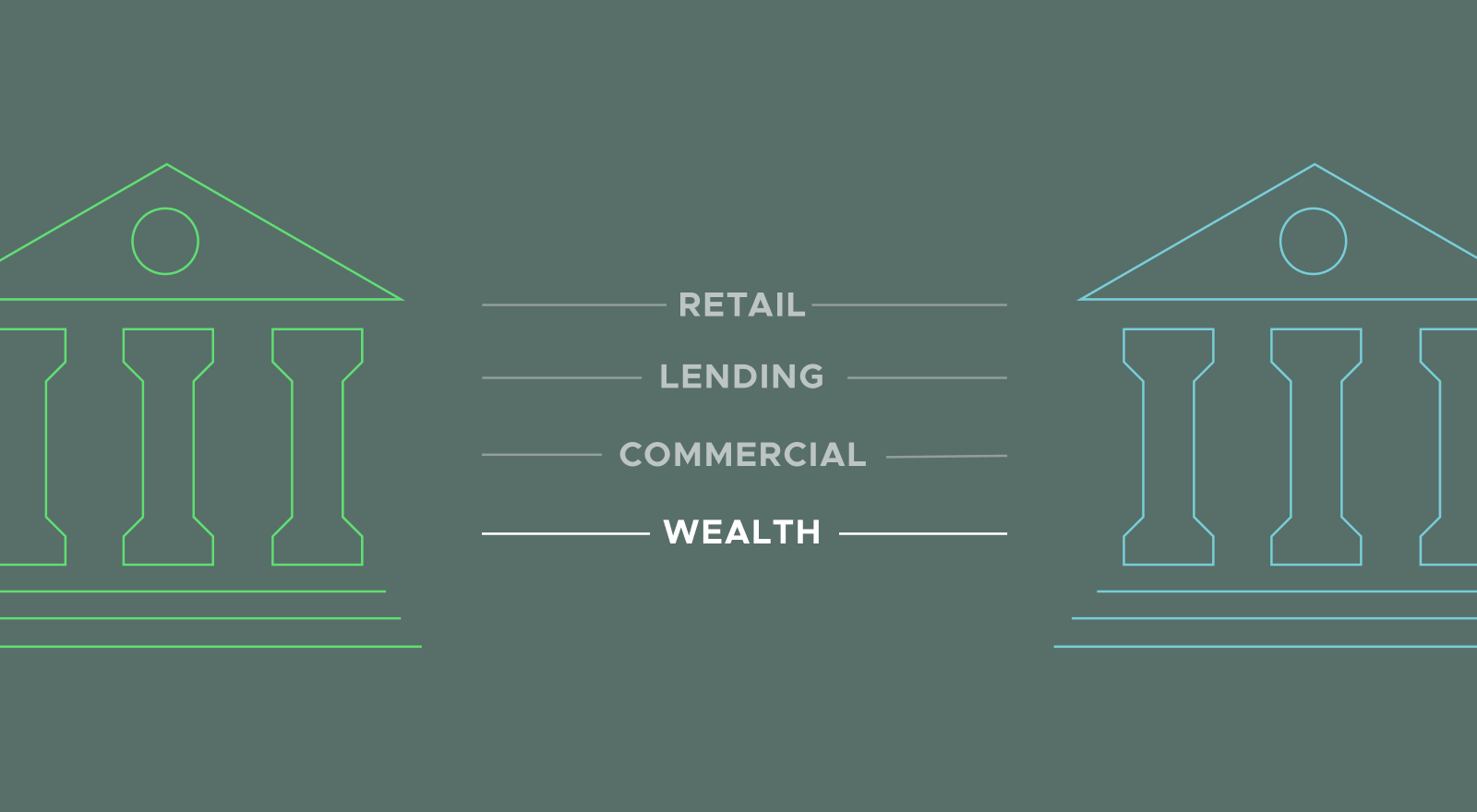
WealthTech solutions have ballooned in recent years with many new innovations coming to market at the same time. This industry appears to be following the same course as its older cousins, BankTech and FinTech, where we see many different solutions come available, suddenly overwhelm the market with too many apps, and options recede as the solutions consolidate.
As tools get weeded out and eliminated from the infamous Kitces map, the tools that survive will be determined on the industry’s desire for specialization or integration and the budget wealth management firms have to spend on technology solutions.
Is “Integration Mode” Better than “Specialization”?
Firms have long worked on the premise that advisors want everything connected in one seamless experience, giving clients a single sign on to see everything. Often they’ve built that at the expense of specialization tools, such as financial planning solutions, that don’t connect to the overall ecosystem. The dilemma now is flexibility versus integration. Today, thousands of RIAs are requesting best-in-breed tech stacks that by nature are not integrated. But they still want integration. Clients want integration.
Can the industry get there, providing an a la carte menu of apps and capabilities that are integrated at the same time? Someone will develop the answer, and it may come through the use of APIs, but we’re not there yet.
Limitations for Specialty Vendors
While we wait for the silver bullet, niche players will continue to struggle with the lack of a big group of advisors willing to deal with the lack of integration. But in addition, specialty vendors are up against two other significant limitations: budget and advisor capacity.
First, budget constraints include not only the cost of the solution, but the internal capabilities to support it. Firms need the right CTO and technology team to implement it, handle risk management and more. Generally, RIAs don’t have big budgets and must select their technology wisely. They often wait to invest at all, knowing that a newer, shinier model is on the horizon.
Second, advisors can only master so many niche applications. They must know each application in a way that they can effectively communicate them to clients as well as train clients on using the client interface, all while doing their day job of maintaining client relationships.
Sacrifice Shiny Objects to Stay True to Your Message
There are a lot of shiny objects out there. In today’s marketplace, wealth management firms have to manage the technology decision making process filled with opportunities. To make the right investments, you first have to understand what you want the experience to be and decide if it fits with your firm’s value proposition. A clear focus on the value proposition of your firm and how that translates to the client experience helps focus technology investments and growth. When in doubt, choose integration over bells and whistles.
It Has to be Easy
While we wait for the magic sauce that is the middle layer between the tools and the client and advisor experience, firms and vendors can remember that it needs to be easy. The landscape of past technology investments is littered with examples of advisors who wanted it if it were integrated and easy to do, but they want it far less when they have to work tremendously hard to get it to work. There are countless firms with stories of having a strong, compelling voice of the advisor, or a client that said they wanted something, so they did it. And then it wasn't used.
Someday soon, we will find the balance between flexibility and integration. Vendors will consolidate to form cutting-edge integrated solutions. For now, innovators pushing the marketplace will stand out when they consider the client and advisor experiences and can play nice in the sandbox with others.
Contact us for support choosing the right technology solutions in a crowded landscape.






